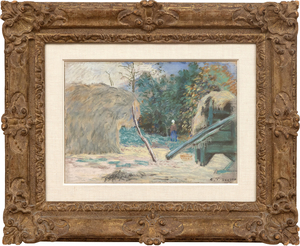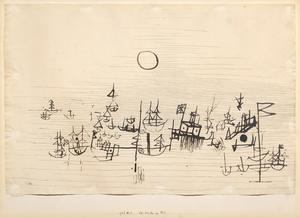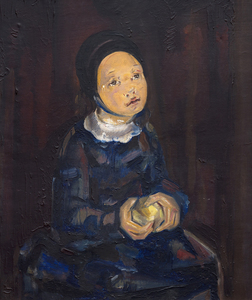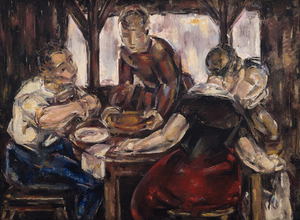WINSLOW HOMER (1836-1910)
_43950.jpg)
_43950_detail1.jpg)
_43950_detail2.jpg)
_43950_detail3.jpg)
_43950_detail4.jpg)
_43950_detail5.jpg)
_43950_detail6.jpg)
_43950_detail7.jpg)
_43950_detail8.jpg)
_43950_detail9.jpg)
Provenance
Clarence Collins et. al., American Art Association, New York, May 7, 1924, lot 96Metropolitan Art Galleries, New York, 1924
M.A. Newhouse & Son, St. Louis, 1924
Laura Davidson Sears, Elgin, Illinois, 1924
Sears Academy of Fine Arts at the Elgin Academy, Illinois
Hirschl & Adler Galleries, New York, 1967
Mr. and Mrs. Marvin Pesses, Youngstown, Ohio, 1968
Hirschl & Adler Galleries, New York, 1971
Private Collection, Massachusetts, 1972
Private Collection, Seattle, 1972–2013
Guarisco G...More...allery, Washington, D.C
Private Collection, Boston, 2013
Exhibition
New York, Hirschl and Adler Galleries, American Paintings for Public and Private Collections, December 4, 1967-January 13, 1968, no. 54West Palm Beach, Florida, Ann Norton Sculpture Gardens, Discovering Creativity: American Art Masters, January 10 - March 17, 2024
Literature
“8 Paintings Stolen at Illinois School,” New York Times, July 6, 1958“Stolen Art Recovered,” New York Times, July 8, 1958
Lloyd Goodrich and Abigail Booth Gerdts, Record of Works by Winslow Homer, Volume II: 1867 through 1876, New York, 2005, p. 209, no. 428 (illustrated)
...LESS...
History
During the early 1870s, Winslow Homer frequently painted scenes of country living near a small farm hamlet renowned for generations for its remarkable stands of wheat, situated between the Hudson River and the Catskills in New York state. Today Hurley is far more famous for inspiring one of Homer’s greatest works, Snap the Whip painted the summer of 1872.
Among the many other paintings inspired by the region, Girl Standing in the Wheatfield is rich in sentiment, but not over sentimentalized. It directly relates to an 1866 study painted in France entitled, In the Wheatfields, and another, painted the following year after he returned to America. But Homer would have undoubtedly been most proud of this one. It is a portrait, a costume study, a genre painting in the great tradition of European pastoral painting, and a dramatically backlit, atmospheric tour de force steeped in the quickly fading gloaming hour light buoyed with lambent, flowery notes and wheat spike touches. In 1874, Homer sent four paintings to the National Academy of Design exhibition. One was titled, “Girl”. Might it not be this one?
In the Wheatfield has lived an exciting life, having at one point been part of an art heist in 1958. The painting was stolen from the Laura Davidson Sears Academy of Fine Arts, along with a James McNeil Whistler, Benjamin West, and Mary Cassatt, among others. Luckily, the paintings were recovered the next day. Looking at the painting with its glowing light and serene setting, it is easy to see why this Homer piece was so coveted and remains a jewel for any collector. Read the New York Times articles.
MARKET INSIGHTS
- Winslow Homer remains one of the most celebrated American artist with blockbuster museum shows continually dedicated to his works, including the Metropolitan Museum’s recent 2022 exhibition Crosscurrents.
- Homer has set an auction record of $4.8 million with some of his top sales occurring recently, such as his April 19, 2023 sale of On the Beach at Marshfield for $4.3 million.
Top Results at Auction
Comparable Paintings Sold at Auction
- Both works are from the post-Civil War period.
- Like our painting, Children on the Beach shows the daily life of typical country people, the basic elements of form and emotion are showed in the figures.
Paintings in Museum Collections
Authentication
Image Gallery
Additional Resources
Inquire
You May Also Like





















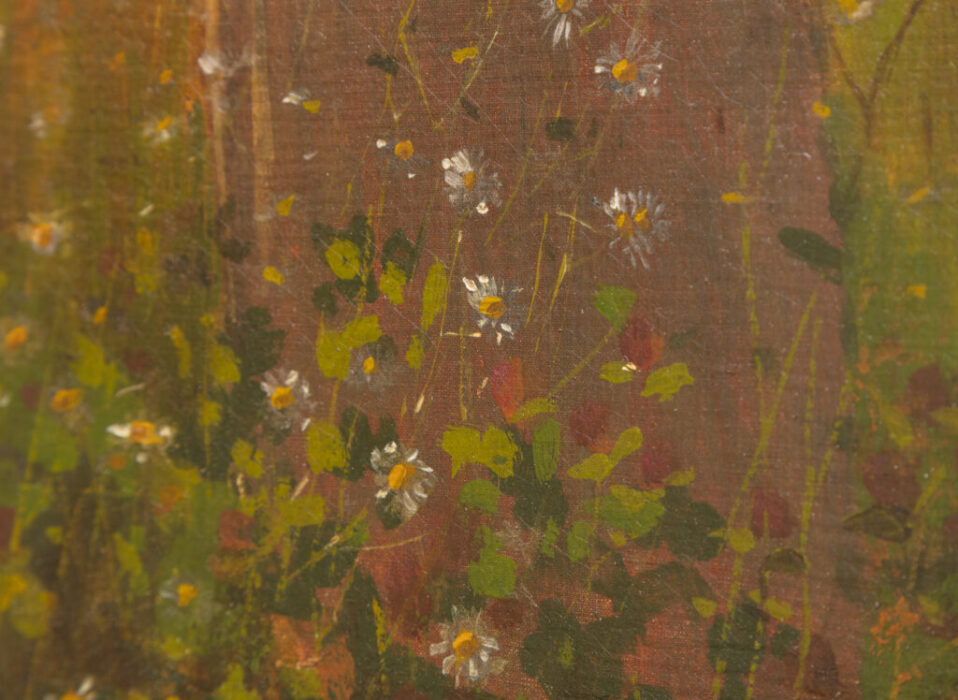















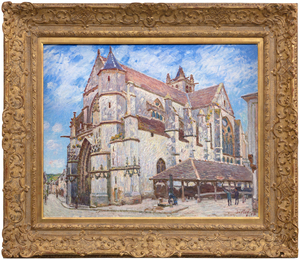
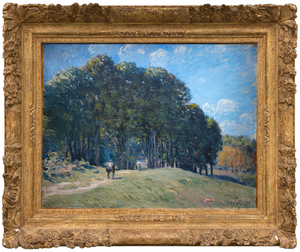
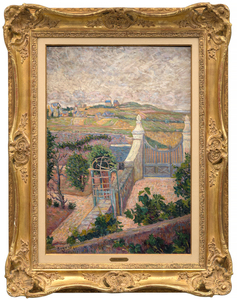
_tn45106.jpg )
